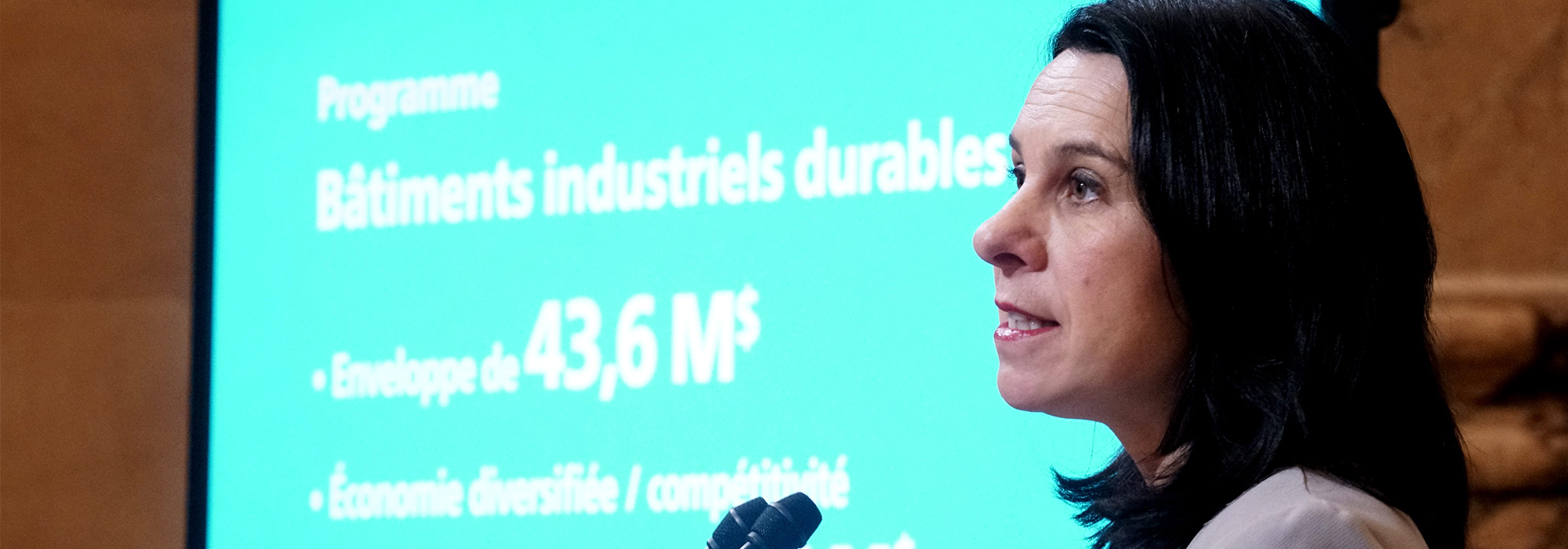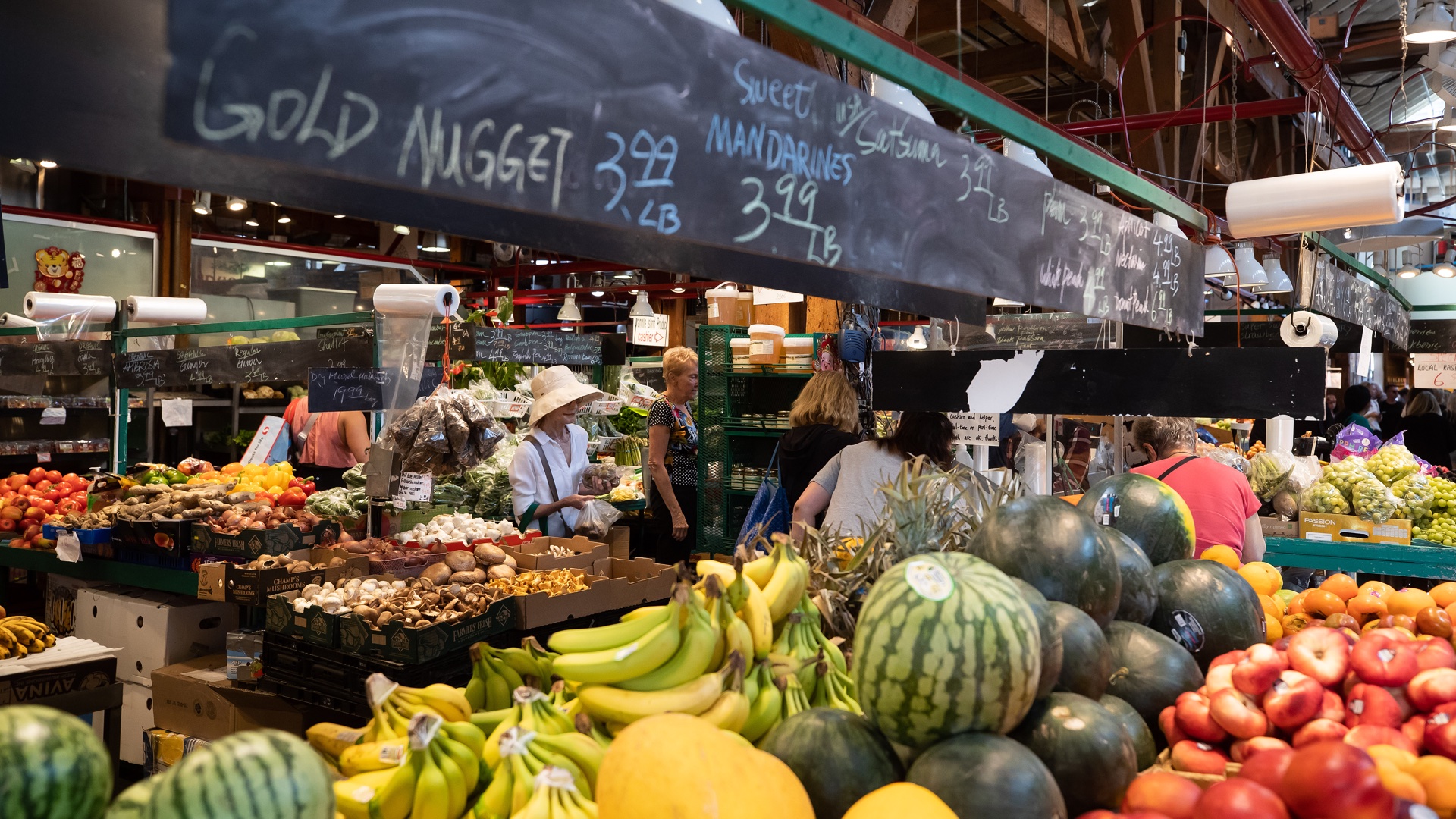
The idea that municipal politics are much more accessible to women is a persistent idea in Canada, despite research by scholars such as Erin Tolley and others that has challenged this idea. Part of the problem has been the overly positive media coverage around women in municipal leadership positions, and also the lack of data to either debunk or substantiate the claims. I created a database to look at the representation of women in municipalities, large and small, across the country. The reality is that we have a long way to go to reach parity.
News reports of recent municipal elections in Canada tended to exaggerate the involvement of women. In 2017, after Valérie Plante defeated incumbent mayor Denis Coderre, thus becoming the first female mayor of Montreal, there was an increase in the articles about the how many women were being elected at the municipal level. The Quebec newspaper La Presse, noting that the number of women mayors in the province increased from 144 in 2005 to an all-time high of 210 in 2017, enthused in its headline that it was “a record number.”
During the fall 2018 municipal elections in Ontario, the Windsor Star reported in a headline it was a “Historic night for female candidates in local municipal elections,” where 32 women put their names forward for council or mayor and 15 succeeded in their bids. The Globe and Mail and the CBC proclaimed the all-female city councils in two rural Ontario communities, Algonquin Highlands and Spanish. In New Brunswick, the CBC reported that more women were elected than in the past two elections, with 19 female mayors and 168 councillors. In Nunavut, Nunavut News stated that a new trend had emerged in the territory of young women in politics, as 24-year-old Ningeolaa Killiktee was elected mayor of Kimmirut and Pam Gross as mayor of Cambridge Bay in October 2018; Mila Adjukak Kamingoak was elected MLA in Kugluktuk in 2017. Finally, in the Northwest Territories, one media outlet stated that “Female candidates swept the municipal elections in the NWT,” and the CBC reported the victories of female mayoral candidates in Hay River, Inuvik, Fort Smith and Yellowknife.
While it is true there has been an increase in the number of women elected municipally across the country, the media has over-emphasized the presence of a few female mayors, giving the impression that we are much closer to reaching parity than we actually are. This over-optimistic coverage of Canada’s municipal elections is difficult to contradict, because of the lack of official national data on mayors across the country. Verifying the more recent numbers is especially problematic, as the Federation of Canadian Municipalities’ national verified data collection does not extend beyond 2015.
In order to verify the level of feminization of mayoral positions in the country, I created a database (which I am currently using in a handful of ongoing projects) of all mayors across Canada (including other heads of municipal governments such as chiefs, reeves, and heads of council). I identified every municipality in each of the 10 provinces and 3 territories after the municipal elections in fall of 2018. I used Statistics Canada’s 2016 census to identify population sizes. With the election results or municipal directories, I identified the mayors and their genders. When gender was not specified, I consulted newspaper articles and municipal websites. I excluded some municipalities when the mayoral positions had not been filled; for example, in the New Brunswick municipalities of Aroostook, Oakwood, Hanwell and Shediac.
In contrast to the optimistic tone of media coverage, my results show that, out of a total of 3,525 mayors, only 19.4 percent are women (figure 1).
The smallest proportions of female mayors are in Saskatchewan (13 percent), Manitoba (15 percent), Quebec (19 percent) and Alberta (20 percent), and the highest proportions are in Nunavut (32) and Nova Scotia (31 percent). It is, however, important to note that there are 25 mayors in Nunavut and 49 in Nova Scotia, which makes percentages more sensitive to single cases. As there are 1,124 mayors in Quebec, the percentage is not sensitive to single cases.
Clearly the figures show we are not close to achieving a parity zone at either the national or provincial levels.
My results also suggest that smaller municipalities are more likely to have women mayors, as the highest proportions of women mayors are in municipalities with populations of 10, 000 – 49, 999 residents (22 percent) and 9, 999 or less (19 percent) (figure 2). They also show that there are fewer female mayors in municipalities with populations of 50,000 residents or more. And in municipalities with populations of 100,000 residents or more there are even fewer: only 8 female mayors: Josée Néron (Saguenay), Sylvie Parent (Longueuil), and Valérie Plante in Quebec; Kathryn McGarry (Cambridge), Marianne Meed Ward (Burlington), Bonnie Crombie (Mississauga), and Karen Redman (Waterloo) in Ontario; and Tata Veer (Red Deer) in Alberta).
Although some strides are being made toward gender parity at the municipal level, there is still a lot more work to be done. As my results show, mayoral positions remain largely inaccessible to women candidates, and this is without taking other variables, such as ethnicity and sexual orientation into account, and using a binary measure of gender.
Photo: Mayor of Montreal Valérie Plante at a press conference in Montreal, Quebec, on February 19, 2019. Canadian Press Images, by Mario Beauregard.
Souhaitez-vous réagir à cet article ? Joignez-vous aux débats d’Options politiques et soumettez-nous votre texte en suivant ces directives. | Do you have something to say about the article you just read? Be part of the Policy Options discussion, and send in your own submission. Here is a link on how to do it.








